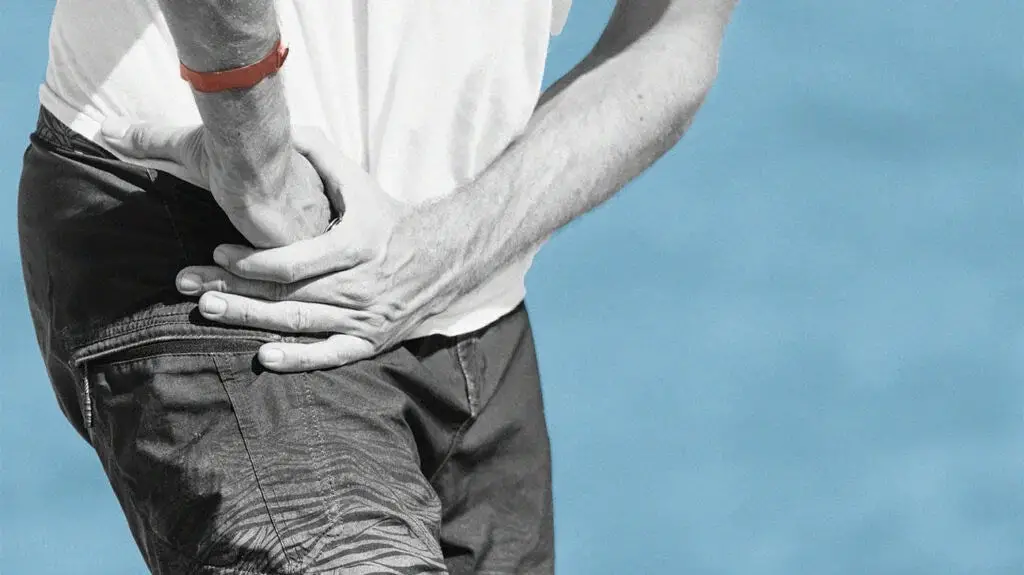Sun Exposure and KP: What Beauticians Need to Know
For beauticians, understanding the effects of sun exposure on various skin conditions is crucial. Among these, Keratosis Pilaris (KP) is a common yet often misunderstood condition. While many clients might seek the sun for a healthy glow, its essential to recognize how sun exposure can impact KP, a skin condition characterized by small, rough bumps, usually on the arms, thighs, cheeks, and buttocks.
Sun exposure can have both beneficial and detrimental effects on KP. While some individuals may notice a temporary improvement in skin texture due to the exfoliating effect of sunlight, prolonged exposure without protection can lead to skin damage and exacerbate KP symptoms over time. As a beautician, its vital to educate your clients about balanced sun exposure and the importance of sunscreen, especially those dealing with KP.

The Science Behind Sun Exposure and KP
When discussing sun exposure, it's important to understand the role of UV rays in skin health. UVB rays, in particular, are responsible for aiding in vitamin D production, which is beneficial for skin health. However, excessive exposure can lead to skin damage, dehydration, and a worsening of KP symptoms. Its a delicate balance that beauticians need to navigate for their clients.
Clients with KP often have dry skin, and prolonged sun exposure can exacerbate this dryness, leading to increased roughness and visibility of the bumps. This is why recommending a good moisturizer and sunscreen is crucial. Products with hydrating ingredients such as ceramides and hyaluronic acid can help maintain skin moisture and barrier function.
Protective Measures for Clients with KP
As a beautician, you can guide your clients in taking protective measures against excessive sun exposure. Here are some tips:
- Encourage the use of broad-spectrum sunscreen with at least SPF 30, which protects against both UVA and UVB rays.
- Suggest wearing protective clothing, such as hats and long sleeves, especially during peak sun hours.
- Advise applying moisturizer regularly to combat the drying effects of the sun.
- Recommend gentle exfoliation to remove dead skin cells, but caution against over-exfoliation, which can irritate KP-prone skin.
For more detailed guidance, you can refer to this comprehensive article on KP by Harvard Health.
Managing Keratosis Pilaris Through Seasonal Changes
Seasonal changes can also influence the severity of KP. During the summer months, increased sun exposure can dry out the skin, while the winter months may lead to skin becoming rougher due to cold, dry air. Its important for beauticians to tailor skincare advice according to the season.
Consider suggesting products that cater to seasonal needs, such as lightweight, hydrating gels for summer and richer, emollient creams for winter. Emphasizing the importance of regular moisturizing regardless of the season can help clients maintain smoother skin year-round.
Client Education: Beyond the Basics
Education is key when it comes to managing KP effectively. Clients often seek quick fixes, but as a beautician, you can guide them towards sustainable skincare routines that address long-term skin health. Encourage them to embrace a holistic approach, combining proper skincare with a healthy lifestyle.
Direct your clients to reliable resources for additional information. For instance, Healthline provides a wealth of information on managing KP and understanding the condition better.

FAQs About Sun Exposure and KP
How does sun exposure affect KP?
Sun exposure can temporarily smoothen KP due to its exfoliating effect, but prolonged exposure without protection can worsen the condition by drying out the skin and increasing roughness.
What skincare routine should I recommend for KP clients?
Recommend a routine that includes gentle exfoliation, regular moisturizing with products containing hydrating ingredients, and daily application of broad-spectrum sunscreen.
Can sun exposure improve KP?
While some individuals may notice temporary improvement, its important to balance sun exposure with protective measures to prevent long-term skin damage.
For further reading on managing KP through environmental factors, you can visit LIVANA Natural.

